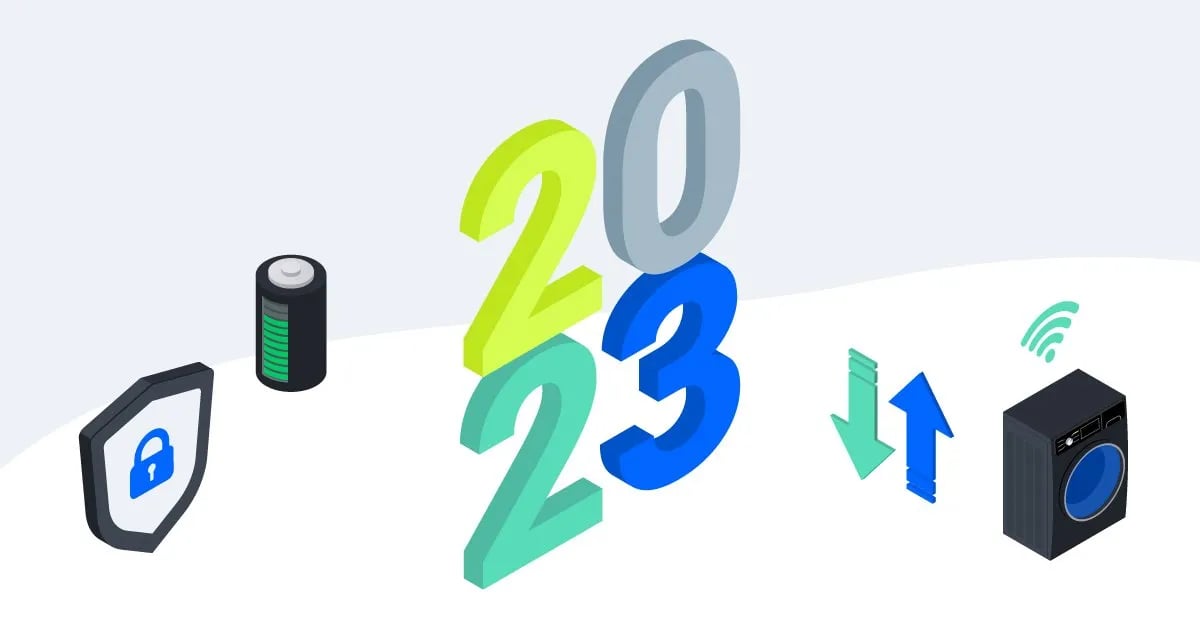4 key WiFi and IoT trends to watch in 2023

2023 is fast approaching, which means it’s time to look ahead to what the future has in store for WiFi technology and the internet of things (IoT). With technological advances happening rapidly, any company that sells or uses WiFi as a crucial part of their business needs to know what to watch for in the coming year.
To help you stay ahead, we’ve compiled a list of key WiFi and IoT trends to watch as we move into the new year.
Trend #1: Consumers will look to buy more smart devices
According to Cisco, smart device adoption will only continue to grow in 2023. In fact, by the end of 2023, there will be more than three times as many devices connected to IP networks as there are people on the planet. In addition, there will be an average of 3.6 networked devices per person, up from 2.4 devices per person in 2018. There will also be 29.3 billion networked devices in use, a nearly 60% increase over the last five years.
Trend #2: Subscribers want faster internet speeds
Cisco also reports that the average broadband speed for service provider subscribers will increase. Just five years ago (in 2018), the average consumer internet speed in North America was around 56Mbps. In 2022, that number grew to an average of roughly 126Mbps—a massive bandwidth increase as internet use expanded. In 2023, that number is predicted to rise to 141.8Mbps.
Trend #3: Consumers want energy-conscious products and services
Parks Associates recently released research on the growing trend of energy-efficient smart home monitoring. According to them, 56% of consumers are willing to pay more for products and services that reduce energy consumption. This opens more avenues for service providers and smart home brands to develop systems, services, and products that directly contribute to energy efficiency.
Trend #4: IoT security measures will become more important
According to Forbes, it is anticipated that there will be $6 billion spent on IoT security measures by the end of 2023. This means service providers and smart home device manufacturers will be stepping up their efforts to fend off “malicious actors” to keep customer data safe. The White House National Security Council will also develop standardized security labels for smart home device manufacturers sometime in 2023. Smart home brands need to be aware of the effects of this, including reduced sales if your devices don’t meet the mark.
What does this mean for service providers and smart home brands?
Ultimately, these WiFi and IoT trends suggest that service providers and smart home brands must take a closer look at their operations to ensure they can take advantage of these trends’ opportunities. In addition, they will also need to keep a close eye on the negative impacts these industry changes could have on their businesses.
By better understanding what consumers are looking for in the coming year, you can strategize around these trends and build better service options or device updates to entice more customers to you in the coming year.
